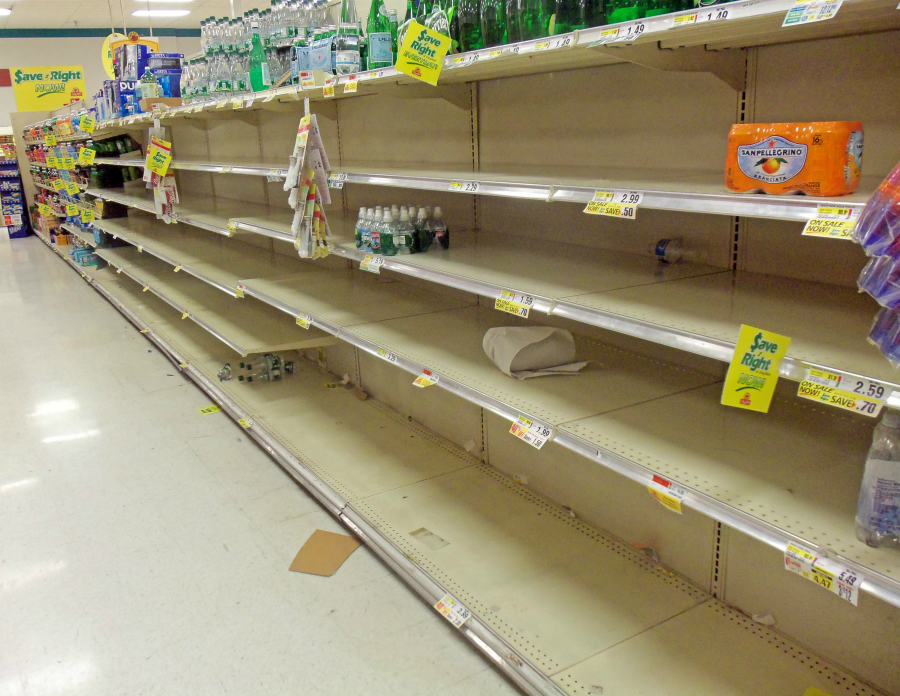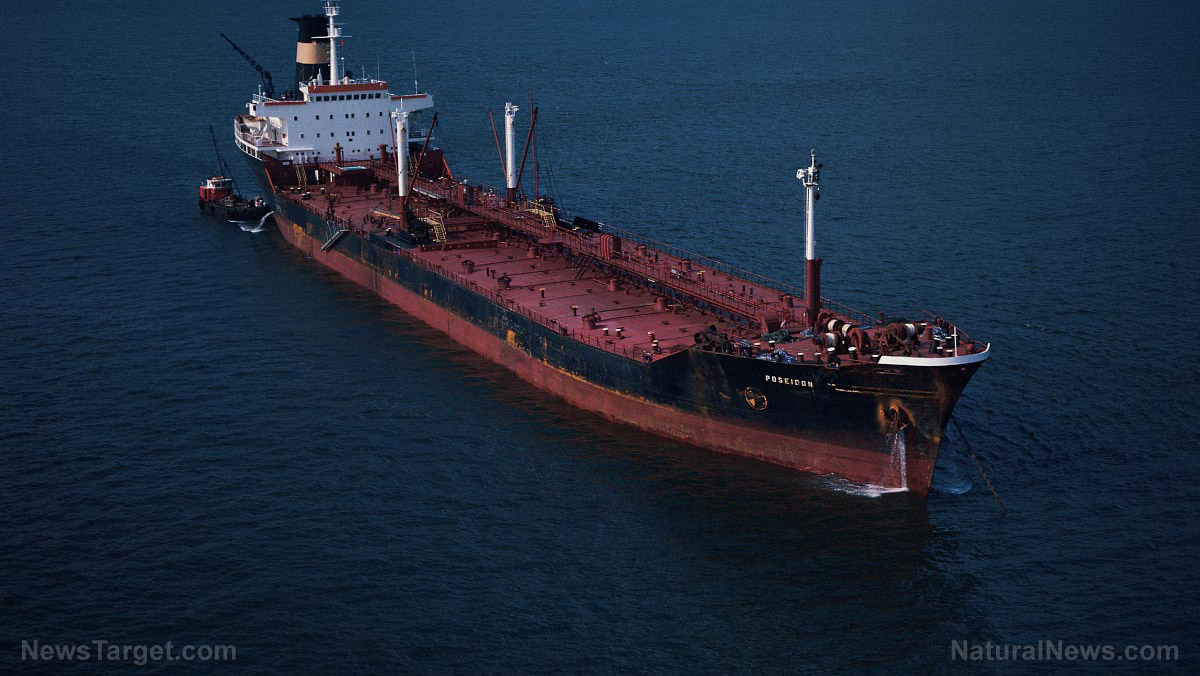Oil prices surge following large-scale clashes between Israel and Palestine
10/11/2023 / By Arsenio Toledo

Large-scale hostilities between Israel and Palestinian militant groups in the Gaza Strip have sent crude oil prices surging even after oil prices already spent the entirety of the summer inching their way closer to $100 a barrel.
The amount of conflict between Israel and Palestine has reached a level not seen in months, and traders have responded by bringing up the price of oil by as much as five percent over the weekend of Oct. 6 to 8, with prices only stabilizing on Monday, Oct. 9. (Related: Israel-Palestine war causes GOLD PRICES to RALLY as demand for safe haven investment increases amid chaos.)
“An attack on Israel by Hamas may push the region to war, increasing geopolitical risk bid into crude,” said Matt Portillo, an analyst for Tudor Pickering and Holt.
“Market sentiment could react swiftly to the tragedy in the Middle East as far as oil prices are concerned,” said Kang Wu, an energy analyst for S&P Global Commodity Insights.
The price of Brent crude was up by as much as 3.9 percent or $3.31 to $87.99 per barrel by late afternoon Monday, while U.S. West Texas Intermediate crude was up by 4.3 percent or $3.59 to $86.38 per barrel.
The increases in oil prices followed several days of prices finally slumping, with U.S. West Texas Intermediate bottoming out to nearly $82 per barrel on the expectation that demand for oil would wane in the coming months.
Investors were also responding to pre-conflict speculation that Saudi Arabia and Israel, with American mediation, were finally closing in on a political deal that would normalize relations and lead to Riyadh recognizing the State of Israel.
Prolonged or wider conflict with Israel could cause prices to go up even higher
Palestinian militants led by the Islamic fundamentalist terrorist organization Hamas launched its largest military assault on the internationally recognized borders of Israel in decades, going so far as to occupy several Israeli settlements near Gaza and triggering a wave of retaliatory Israeli strikes on the Gaza Strip.
Analysts pointed out that no oil is produced in Gaza and Israel is only able to produce a minimal amount for its own use. But prices could go even higher if Israel were to escalate the conflict by launching an invasion of Gaza, or if Iran and other Middle Eastern nations were pulled into the conflict.
Oil traders are now waiting to see if Israel will explicitly blame Iran for the initial attacks, which would be their sign that an escalation of the conflict is imminent. Traders worry that if Iran were to openly participate in the conflict, it might interrupt the flow of crude oil from the Gulf states, causing energy prices to surge even higher.
Other commodities are also being affected by the conflict. Gold, considered a safe haven investment to retain value amid political and economic turmoil, rose by nearly one percent to $1,848.15 per ounce, its highest price since Sept. 29.
Copper prices rose to a one-week high, with benchmark copper prices on the London Metal Exchange being traded 0.5 percent higher at $8,085 per metric ton after earlier touching $8,142. More gains are seen as unlikely due to generally weaker demand from the world’s top consumer of copper, China.
“Conflicts in the Middle East generally mainly hit energy markets, but we are seeing an impact on other commodities today,” said Matt Ammermann, a commodity risk manager for StoneX.
Watch this Oct. 10 episode of “Brighteon Broadcast News” as Mike Adams, the Health Ranger, reports on one possible escalation of the conflict: An Israeli ground invasion of Gaza that could lead to genocidal atrocities inflicted upon the more than two million inhabitants of the Gaza Strip.
This video is from the Health Ranger Report channel on Brighteon.com.
More related stories:
At least 1,000 killed, 1,590 injured so far in Hamas terror attacks on Israel.
Warmongers start to push for U.S. involvement in Iran following Hamas attack.
Sources include:
Submit a correction >>
Tagged Under:
Bubble, chaos, commodities, commodities prices, crude oil, economic riot, economics, economy, finance, Gaza, Gaza Strip, Hamas, Israel, Israel-Palestine war, oil, oil prices, Palestine
This article may contain statements that reflect the opinion of the author
RECENT NEWS & ARTICLES
COPYRIGHT © 2017 RISK NEWS




















